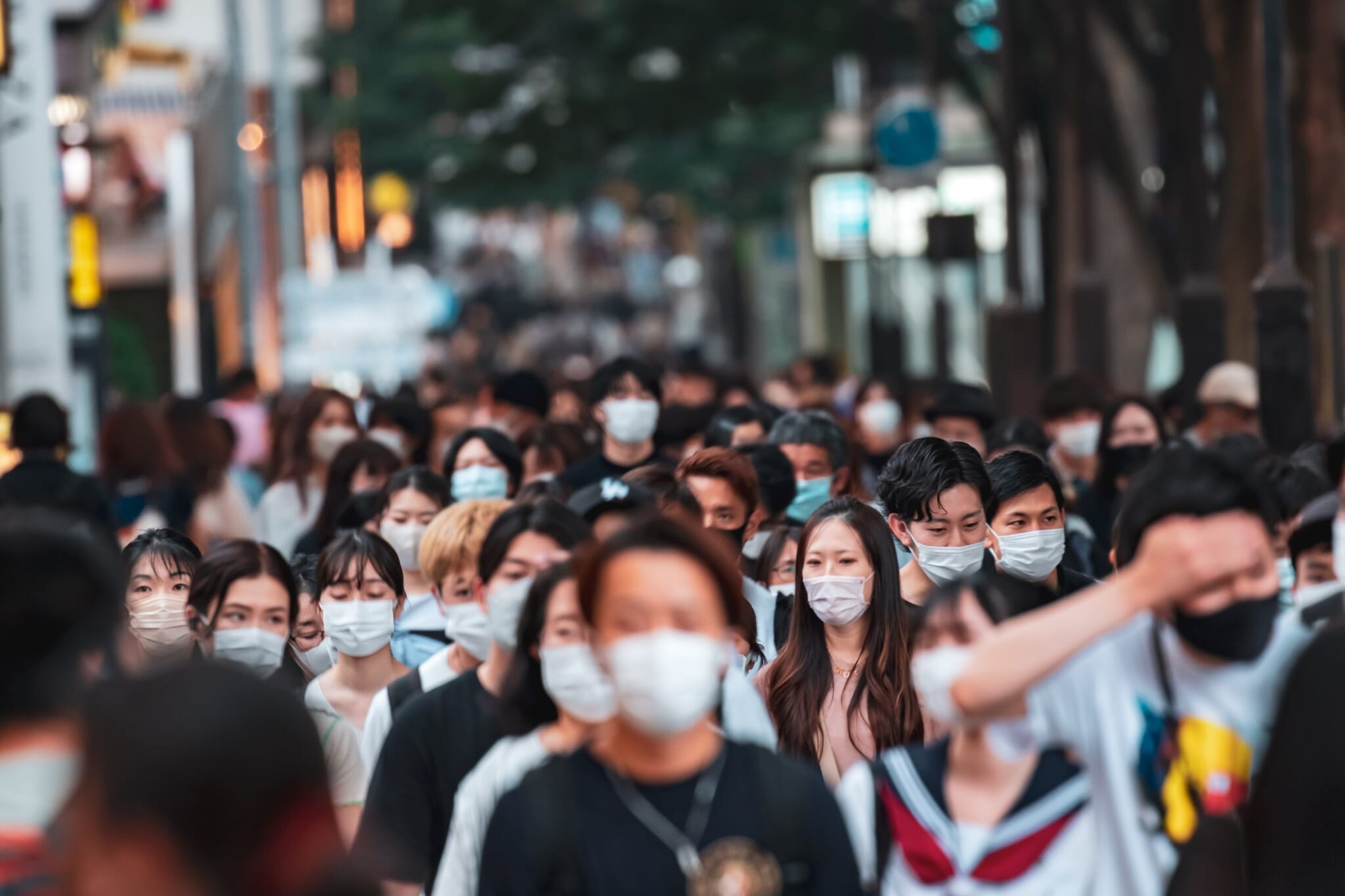A rare tissue-damaging and highly fatal bacteria is continuing to spread at an alarming rate in Japan. More than 1,000 cases of Streptococcal toxic shock syndrome (STSS) have been reported in the first half of this year. That’s already higher than the 941 cases reported for the whole of 2023, which was a record number. According to preliminary figures released by the National Institute of Infectious Diseases (NIID) on June 18, by June 9 there had been 1,019 cases. Between January and March, 77 people died as a result of STSS.
What is STSS?
STSS is caused by streptococcus pyogenes, commonly known as strep A. It’s the same bacteria responsible for pharyngitis (strep throat) and scarlet fever. Many people have it without knowing and don’t become ill. However, in some cases, the highly contagious bacteria that cause the infection can lead to organ failure and necrosis. The disease is most common in older patients (aged 65 and over). People with diabetes or alcohol use disorder are generally more vulnerable. It is said to have a mortality rate of up to 30%. Death can occur within a few days.
Ken Kikuchi, a professor of infectious diseases at Tokyo Women’s Medical University, believes the reclassification of COVID-19 has been the most significant factor behind the increase in STSS. He feels people have abandoned basic measures to prevent infections, such as regularly disinfecting their hands. “In my opinion, over 50% Japanese people have been infected by Sars-CoV-2 [the virus that causes COVID-19],” Kikuchi told The Guardian. “People’s immunological status after recovering from COVID-19 might alter their susceptibility to some microorganisms. We need to clarify the infection cycle of severe invasive streptococcal pyogenes diseases and get them under control immediately.”









